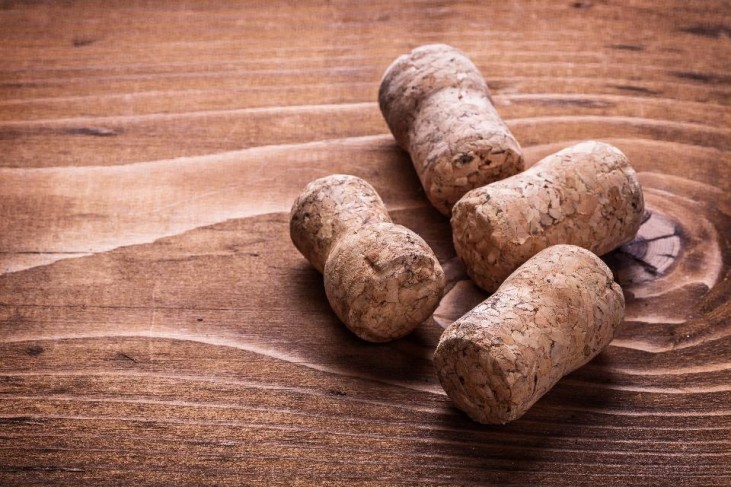
During my recent trip to Burgundy in early December 2016, I found several top producers switching from cork closures to Diam. I knew that large negociants like Louis Jadot and Bouchard Père et Fils were happy using this closure for their white wines, but now small, high-quality domains are switching over. Étienne de Montille of Domaine de Montille, who will bottle all his wines under Diam, says, “It made sense to me to reject a closure that can potentially spoil my wine. I am happy with Diam and have been using it for my white wines but I will now bottle all my reds with Diam too.” Domaine Leflaive, one of the top white Burgundy producers, will also switch to Diam.
For many years, the wine industry accepted a high fault rate of corked wines that were infected with trichloroanisole (TCA), a compound that imparts musty, off-flavors in wine. It took a wave of New World producers frustrated with the situation that shifted a cork-focused world to explore other alternatives. For decades, European producers accepted the cork taint rate, which during the 1990s ranged between 5% to 10%. The cork industry remained firm that the rate was only 2% to 3%. Even at this conservative rate, it was deemed unacceptable to a growing number of New World producers.
In 2001, twenty-eight New Zealand wineries got together to form the Screwcap Wine Seal Initiative. They vowed to bottle all their fresh zingy wines, many of them Sauvignon Blancs, under screwcap. Just five years later, the vast majority of New Zealand wines were sold under screwcap, and now it is hard to find one that isn’t bottled under screwcap! In Australia, a movement led by Jeffrey Grosset of Clare Valley, South Australia, had a similar effect, first with Clare Valley’s intensely limey Rieslings, then quickly expanding to other regions and styles. The screwcap movement didn’t catch on as much in the United States, Chile and other New World wine regions, but synthetic closures are expanding quickly.
One of the main reason that screwcaps were not embraced by the more conservative European producers and high-end wineries is because of consumer perception that high quality wines should have a cork closure. But Diam is opening the way because of how it looks – it is a processed cork and if you look closely, you can see the cork pieces that make up the closure that on first take looks like a natural cork. The cork pieces are cleaned and impurities like TCA are removed; then it is mixed with acrylate microparticles that expand to fill in the air spaces between the cork fragments.
Eliminating cork closures doesn’t completely eliminate a potential TCA infection in wine. Cork closures account for about 75-80% of the problem, but TCA forms through the interaction of phenols, chlorine and mold and can be found in the winery – in barrels, wooden racks, beams or cardboard cartons. Vigilant hygiene, avoidance of chlorine-based products and care is necessary to completely eliminate the chances of TCA-infected wines.
Everyone’s sensitivity to TCA varies and the threshold can be as low as 1 to 2 nanograms per litre. Some people can smell even low amounts of TCA while many are happy to drink a lightly infected wine. Laurent Ponsot of Domaine Ponsot is highly sensitive to TCA and was one of the early rejecters in Burgundy of cork. All of his wines including many Grand Crus that routinely sell for over US$300 per bottle are all under the synthetic Guala closure starting with the 2008 vintage.
Ponsot and de Montille are still in the minority in their decision to reject cork. Most still prefer the tried and tested method of having a natural, organic closure with its permeability, ability to age wine slowly over time, resistance to temperature fluctuation and vibration and biodegradability. The good news for consumers is that the cork industry has been shaken from its slumber and improving the quality and reliability of corks. With its market share down from 95% in the 1990s to just 70% (according to Decanter’s 2015 wine closure market share chart), the cork industry is working hard to find solutions to eliminate or at least minimize cork taint in wines.
image copyright: Shutterstock









